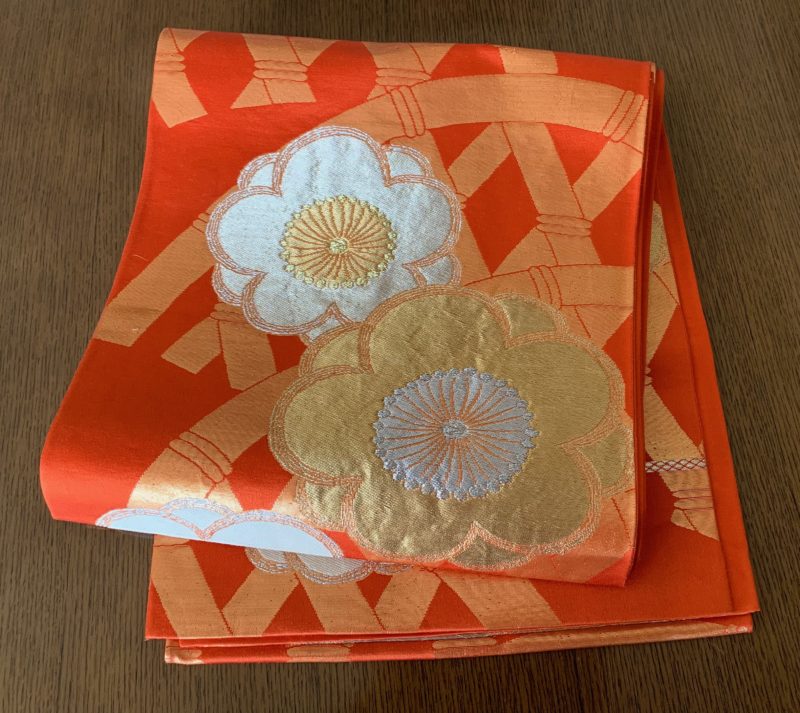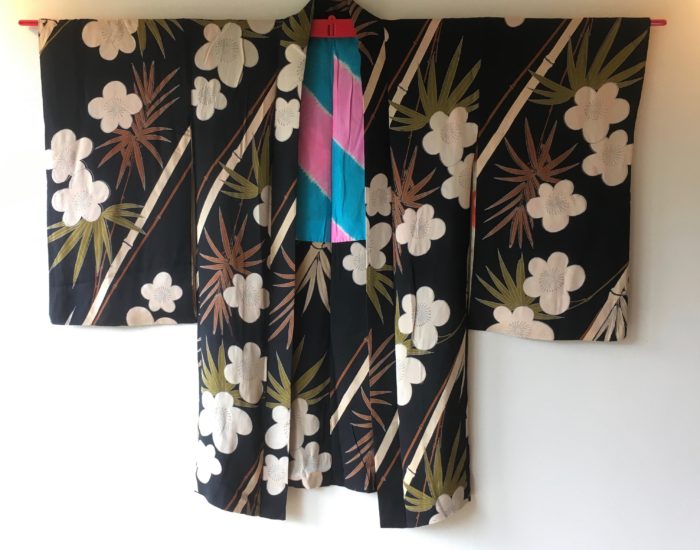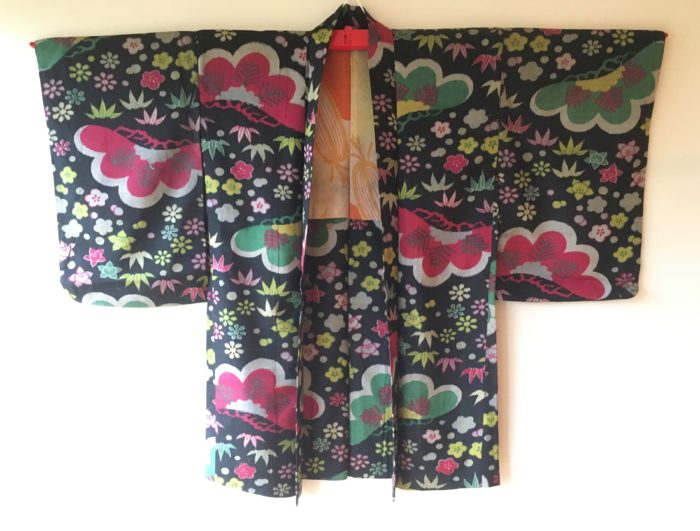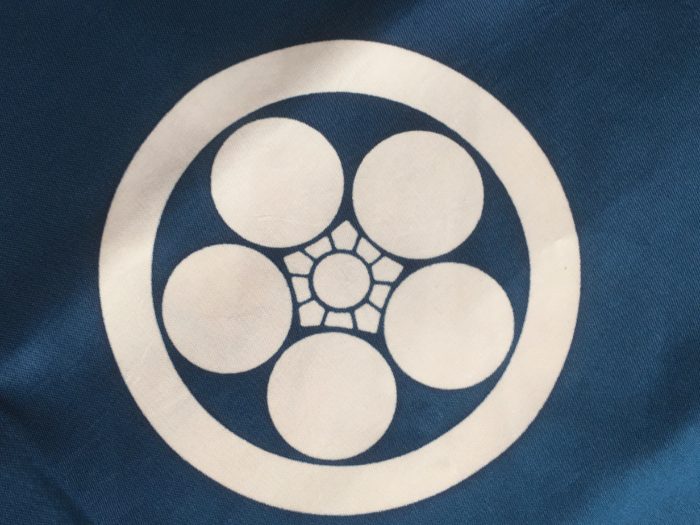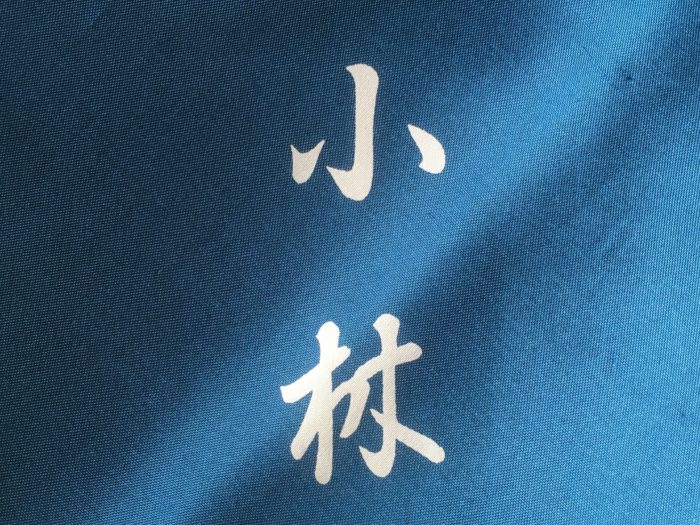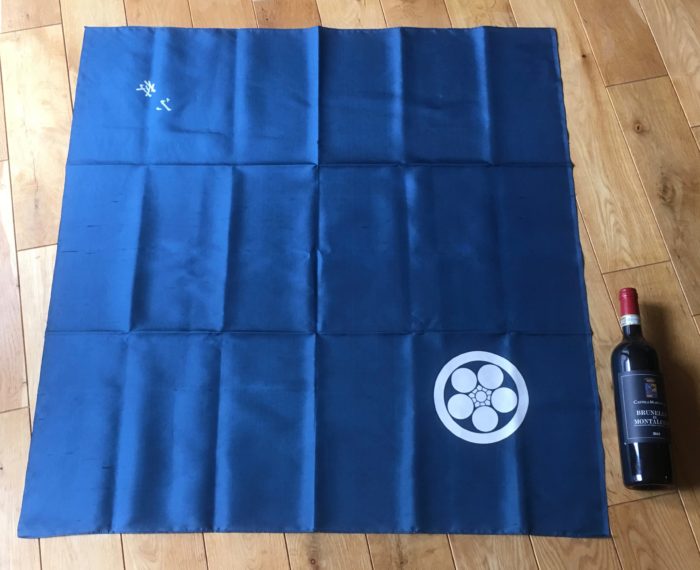Is it the cherry blossom(sakura) or plum blossom(ume) most familiar to Japanese?
Since the plum is the first tree to bloom as winter comes to an end, there is saying “the first among flowers”.With the pattern of kimono and obi, obviously the plum blossom surpasses the cherry blossom.
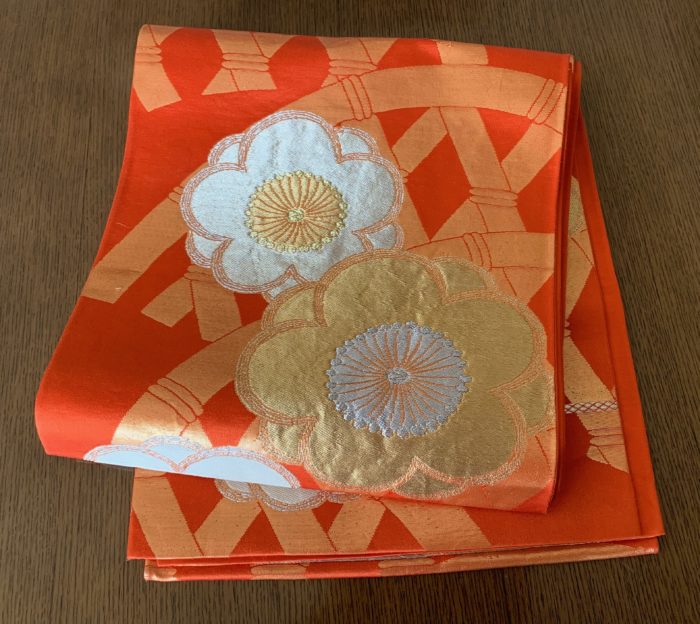
Plum bloosom and cherry blossom. Both are spring flowers very popular among Japanese people, so they are used as motifs of poetry, art and craft, but images are different. Plums are small trees and bloom still in a cold season. t is said that there are 350 kinds in Japan.It is discreet beauty, and many people feel Japanese beauty in this beauty. I am one of them.

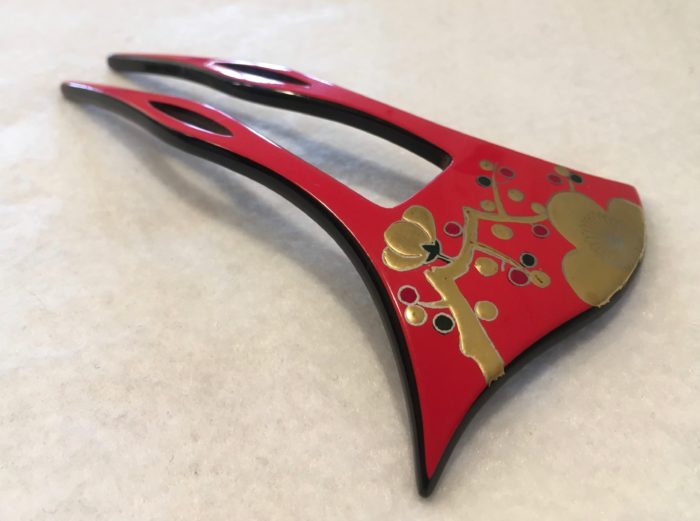

The names of three plants- pine,bamboo,and plum blossom make the phrase “sho chiku bai” in Japanese.All 3 three are able to endure cold wether.Together they are used for New Year decorations.The phrase “sho chiku bai” is an expression used for other auspicious events such as weddings.
The indigo dyed cotton tablecloth as below is with combination of pine,bamboo,and plum blossom. Originally, the design for a large cotton tsutsugaki furoshiki that a married woman brings.
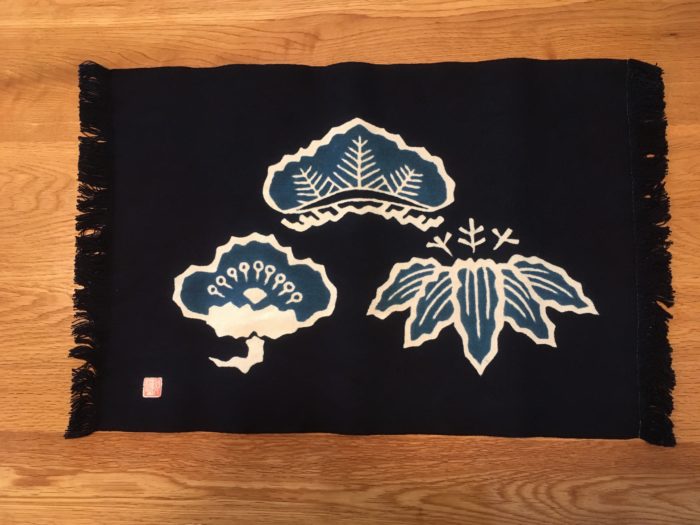
Next, I would like to introduce two haoris presumed to be before WW2.The Haori on the left is with patterns of white plum blossom and bamboo leaves. It is a variations of traditional motifs due to modern tastes.The Meisen Haori on the right is with patterns of pine,bamboo,and plum blossom.However, only the leaves of the pine are boldly enlarged. Very modern.
With this silk Tsumugi Furoshiki, the main motif is a one of Japanese family crests. This is a family crest designing plum blossom. It is dyeing a family crest in the corner of the high-class tsumugi furoshiki used for the engagement ceremony.Marriage, traditionally, was a new connection ritual between a family and a family, so various tools and kimonos to wear were those with family crests. However, recently that interpretation is a thing of the past.
